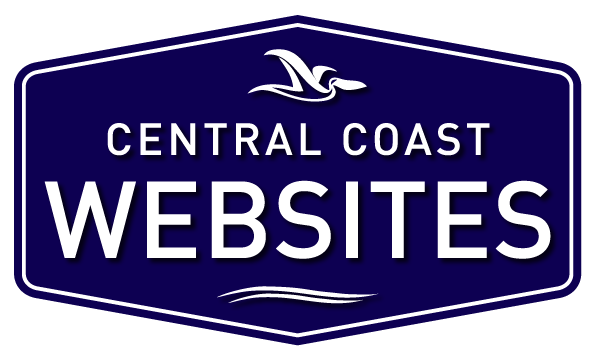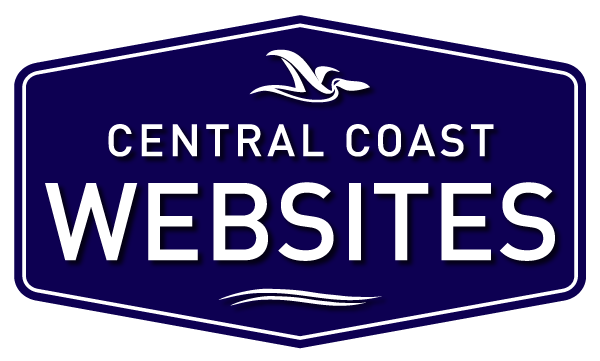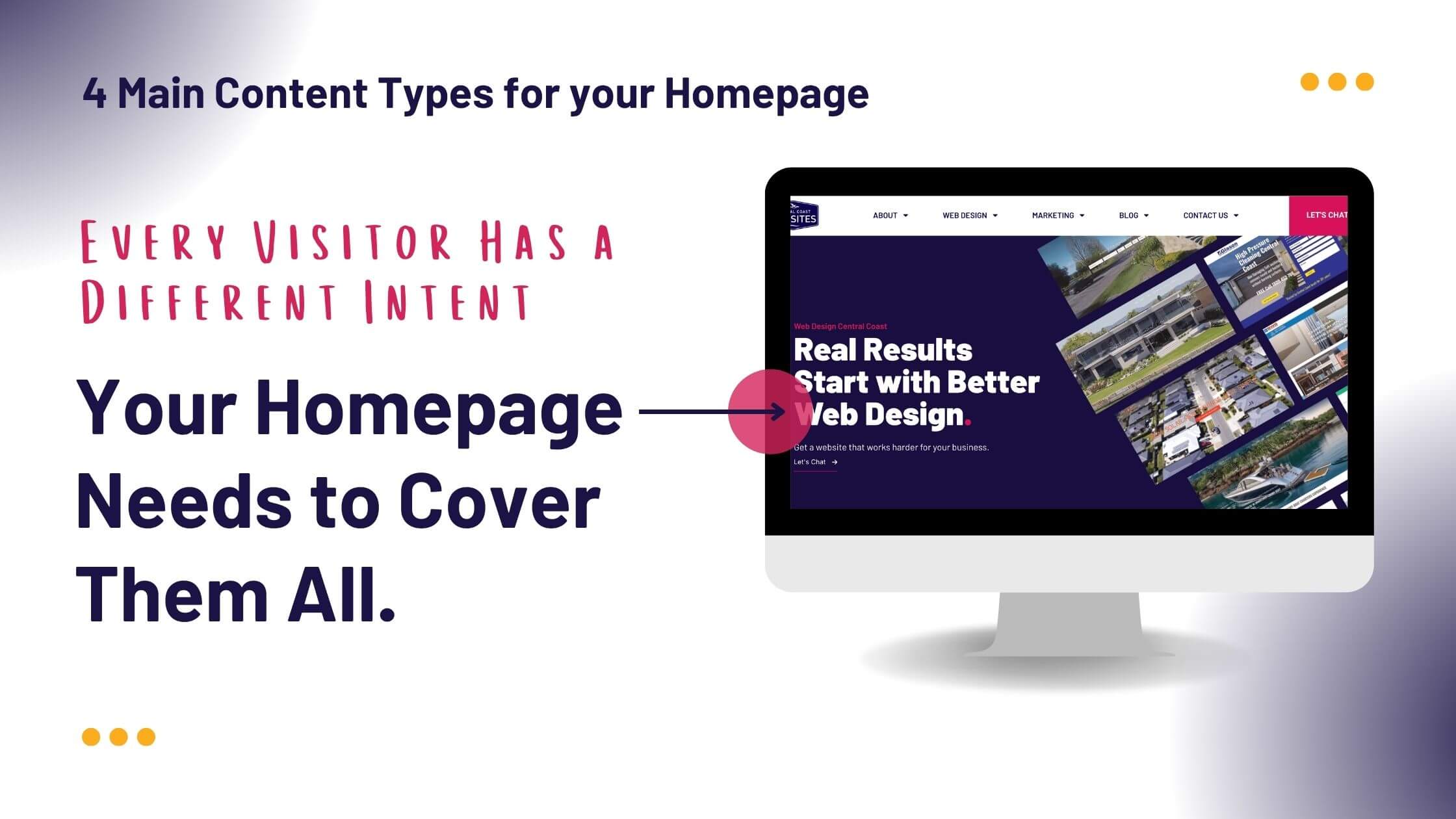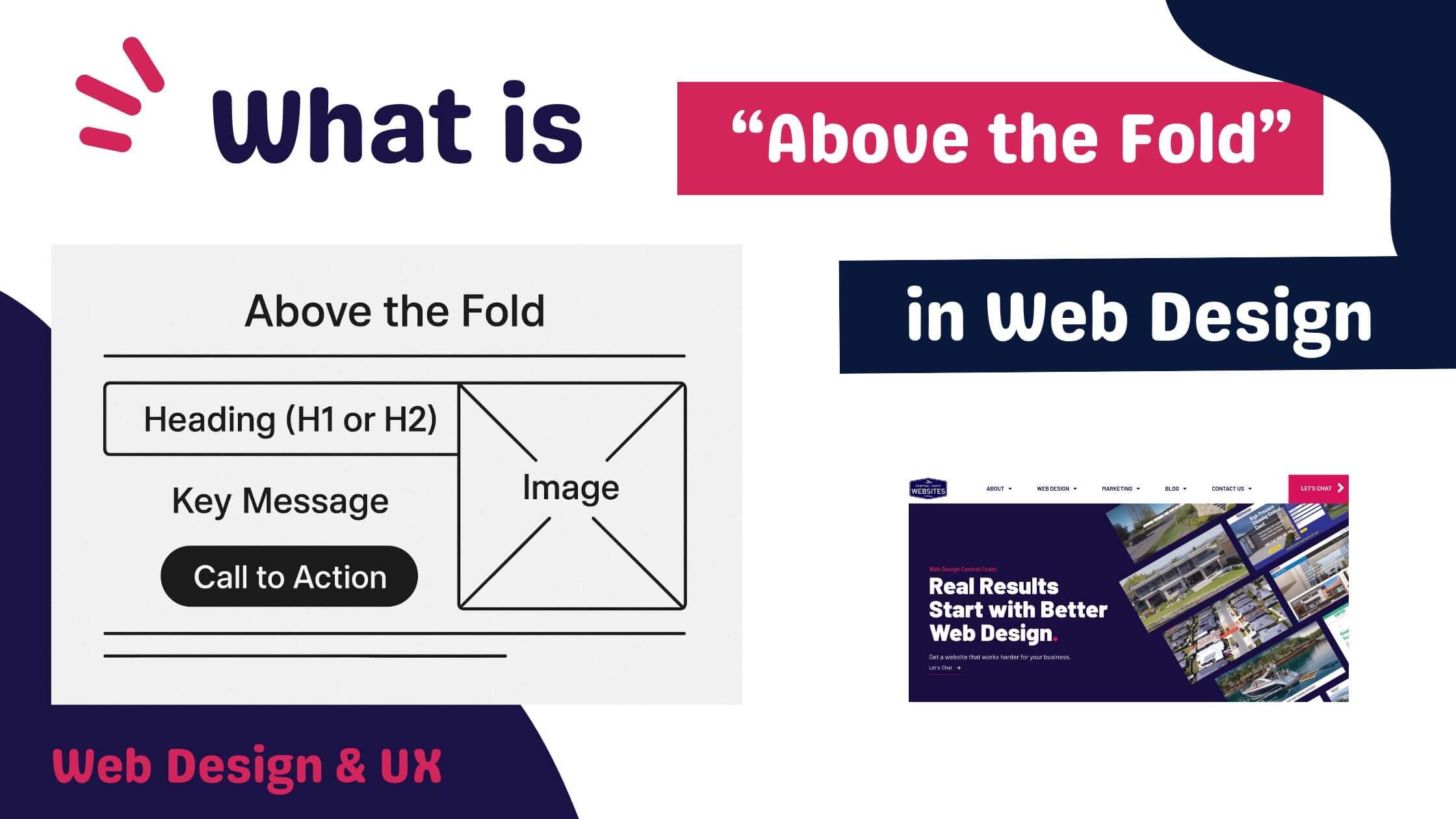Building Websites for User Experience & Search Engines.
Building a beautiful website is not enough—it needs to be found in search results to truly serve its purpose. For years, web design was often driven by Google’s ranking algorithms rather than the needs of actual users. Websites were packed with keywords and structured purely for search engines, often at the expense of usability. Fortunately, this is no longer the case. Google now prioritises user experience, rewarding websites that offer valuable, well-structured content and an intuitive design.
This shift means that great SEO and great design now go hand in hand. A well-optimised website should not only be easy to navigate and engaging for visitors, but also structured in a way that helps search engines understand and rank its content. Considering SEO from the very beginning of a web design project is essential to ensuring a smooth launch and long-term success.
If you want your website to rank highly in Google searches, the reality is you’re playing by Google’s rules—but that doesn’t mean sacrificing good design just to follow search engine guidelines. After all, your website isn’t for Google—it’s for your audience. Your SEO strategy should help people find you online, but it should never come at the expense of engagement, usability, or your brand identity.
How We Build Sites with SEO in Mind.
Building a website that both looks great and ranks well requires a strategic approach—not just in design, but in content as well. A well-designed site isn’t just about aesthetics; it’s about connecting with the right audience and ensuring your business can be found when people search for your services.
When you engage Central Coast Websites to not only build your site but also craft your content, you’re getting more than just a visually appealing website—you’re getting a site that’s strategically built to rank. We don’t just fill pages with words; we write with intent, ensuring every heading, paragraph, and image description is designed to engage visitors and make your site search-friendly for Google. Our team targets the right keywords, structures pages effectively, and creates content that strikes the perfect balance between readability and SEO performance.
A successful website puts users first—engaging design and smart SEO should work together, not compete.
1. Start with Keyword Research
Before you begin writing content for your site, identify the search terms your audience is using to find businesses like yours. Through detailed keyword research, you can ensure that your content aligns with real search queries, increasing the chances of ranking in search results. Rather than stuffing content with keywords, take a natural, strategic approach by integrating them into:- Headings and subheadings to improve readability and search relevance.
- Body text that flows naturally while targeting key search terms.
- Image descriptions and alt text, helping search engines (and users) understand the visual elements of your site.
2. Balance Written Content with Design
Minimalist design doesn’t mean minimal content. Even on sleek, modern websites, written content plays a critical role in SEO, user experience, and conversions. To strike the right balance:- Use keyword-rich headings that help both users and search engines quickly understand what the page is about.
- Write short but impactful text that conveys key messages without overwhelming the design.
- Create additional content hubs such as blogs or FAQ pages, allowing for in-depth content without cluttering the main pages.
3. Optimise Images and Media
Visual elements play a crucial role in modern web design, enhancing user engagement and reinforcing your brand identity. However, images and media must be optimised for SEO to ensure they don’t slow down your site or become missed opportunities for ranking. Our team make sure that every image, video, and graphic is formatted correctly to support both user experience and search visibility. Here’s how we optimise media for SEO:- Use descriptive, keyword-rich file names and alt text – Instead of generic file names like image001.jpg, we rename files with relevant keywords that describe the image’s content, such as web-design-central-coast.jpg. Alt text is also carefully written to provide search engines (and screen readers) with meaningful descriptions.
- Compress files to reduce load times – Large images and unoptimised media can significantly slow down your website. We optimise file sizes without sacrificing quality, ensuring fast load speeds that enhance both user experience and SEO performance.
- Include captions and contextual placement – Captions and surrounding content help search engines understand an image’s relevance to the page. When appropriate, we incorporate supporting text that aligns with your content strategy and target keywords.
4. Prioritise Page Speed
Page speed isn’t just a technical detail—it directly impacts user experience, SEO rankings, and conversion rates. A slow website frustrates visitors, increases bounce rates, and can push your site lower in search results. That’s why we ensure every website we build is optimised for fast, seamless performance. Here’s how we improve page speed without compromising functionality or design:- Use lightweight code and minimise unnecessary scripts – Bloated code and excessive scripts can slow your website down. We streamline the backend, removing unnecessary elements and ensuring the site runs efficiently.
- Optimise CSS and JavaScript – We minify and defer scripts where needed to prevent them from blocking page rendering, allowing content to load quickly.
- Implement caching and content delivery networks (CDNs) – Caching reduces the need to reload elements for returning visitors, while CDNs distribute content across multiple global servers, ensuring faster load times for users no matter where they are. Learn more about website caching.
5. Create SEO-Friendly Navigation
A well-structured website enhances user experience while also making it easier for search engines to crawl and understand your content. Clear, intuitive navigation ensures that visitors can quickly find what they need, while search engines can efficiently index and rank your pages. By keeping navigation simple and well-organised, your site becomes more accessible to both users and search engines, improving overall performance and visibility. Here’s how we optimise website navigation for both users and SEO:- Keep navigation simple and intuitive – Overcomplicated menus and excessive dropdowns can frustrate users and make it harder for search engines to understand your site structure. We create streamlined navigation that makes important pages easy to access.
- Use descriptive menu items – Instead of vague labels like Services or More, we use clear, keyword-rich menu titles that tell users and search engines exactly what the page is about, such as Website Design or SEO Services.
- Include breadcrumbs for better usability and crawlability – Breadcrumbs help visitors track where they are on your site and provide an internal linking structure that improves SEO. They also help Google understand the relationship between your pages, which can enhance your rankings.
6. Mobile-First Design
With Google prioritising mobile-first indexing, ensuring your website functions seamlessly on smaller screens is no longer optional—it’s essential. A mobile-responsive website improves user experience, reduces bounce rates, and helps boost search rankings. Here’s how we make sure websites perform well across all devices:- Fully responsive design – The layout adapts automatically to different screen sizes, ensuring a smooth experience on mobile, tablet, and desktop.
- Usability testing across devices – Every element, from menus to buttons and forms, is tested to ensure it’s easy to interact with on both touchscreens and traditional interfaces.
- Fast loading times on mobile – Mobile users expect speed. Optimising images, reducing unnecessary scripts, and leveraging caching ensure quick load times.
7. Structured Data and Technical SEO
A visually appealing website is important, but without proper technical optimisation, search engines may struggle to understand and index your content. Technical SEO ensures that your site is structured in a way that helps search engines crawl it efficiently, improving your chances of ranking well. Our team put a lot of focus on technical SEO, ensuring the site is technically sound before going live, as the consequences of poor Technical SEO are significant. Poor Technical optimisation can result in a variety of issues that detrimentally affect your website’s performance on Google. Here’s how we implement technical SEO best practices:- Use schema markup – Structured data helps search engines understand the context of your content, whether it’s product details, reviews, events, or services. This can enhance how your site appears in search results, potentially leading to rich snippets that improve visibility.
- Ensure a clear, crawlable structure – An organised XML sitemap helps search engines find and index all important pages on your site, while a properly configured robots.txt file ensures that search engines focus on indexing the right content.
- Fix technical issues that affect SEO – Duplicate content, broken links, and slow-loading pages can harm rankings. Regular technical audits help keep your site in top shape.
The Key to a Website That Gets Found and Engages Users.
A successful website is more than just visually appealing—it needs to attract visitors, keep them engaged, and support your business goals. By incorporating SEO into the design process from the start, you create a site that is both search-friendly and user-focused. Striking the right balance between aesthetics and optimisation doesn’t mean sacrificing one for the other; it means building a website that looks great, performs well, and gets found online.
By prioritising structured content, technical SEO, and a seamless user experience, your website becomes a valuable tool that drives visibility and growth.
A well-optimised site doesn’t just exist—it works for your business.




